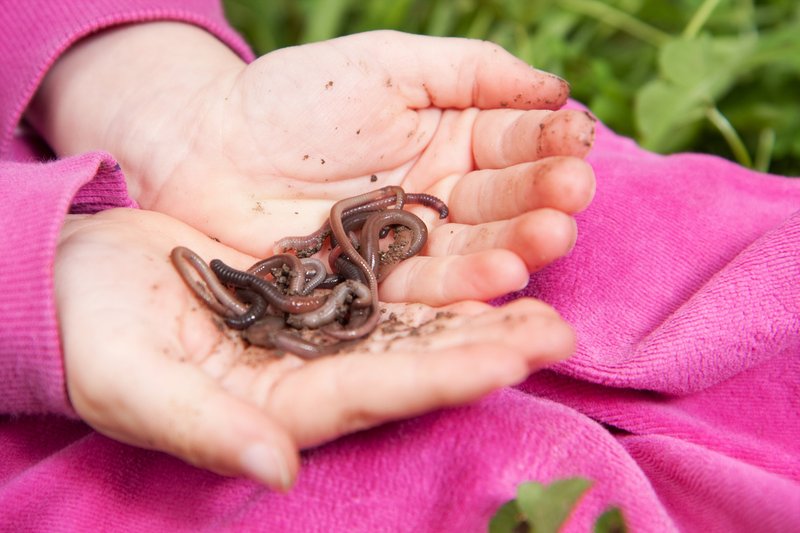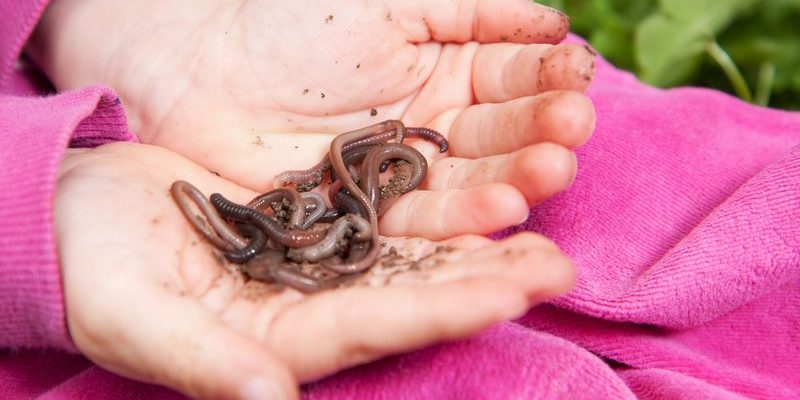
Velvet worms, belonging to the phylum Onychophora, are often found in damp environments, wriggling through leaves and soil like tiny little superheroes of the forest floor. This blog will explore whether these quirky critters can be used in classroom pet programs, highlighting their care, educational value, and why they just might be the coolest classroom pet you never thought of.
What Are Velvet Worms?
Velvet worms are small, segmented creatures that typically measure between one to five inches long. They come in various colors, often showcasing a beautiful shade of blue or brown, and they possess a velvety texture that gives them their name. You might be wondering about their habitat; they thrive in humid environments, often found in rainforests or under leaf litter.
These fascinating animals are often dubbed “living fossils” because their lineage dates back over 500 million years. Yes, you read that right! They’ve been around since before the dinosaurs roamed the Earth. Their evolutionary history is a rich tapestry that demonstrates resilience and adaptability.
One of the most striking features of velvet worms is their ability to produce a sticky slime to catch prey. They’re not just about looks; they’re effective predators that can capture small insects using their unique hunting skills. Isn’t that a cool fact to share with students?
Why Consider Velvet Worms for Classroom Programs?
Introducing velvet worms into classroom pet programs can bring a unique set of benefits. Firstly, they can serve as an excellent educational tool. They provide opportunities to teach students about biology, evolution, ecosystems, and habitats. Imagine how much fun it would be to learn about these creatures while observing their behavior up close!
Additionally, velvet worms are relatively easy to care for. Unlike the more traditional classroom pets that require daily feeding and extensive cleaning, velvet worms need just a bit of humidity, some plant material to hide under, and the occasional meal of small insects. This low-maintenance care can make them a suitable option for busy teachers and students.
Moreover, having a velvet worm in the classroom can spark curiosity and foster a love for science. Students might develop a sense of responsibility as they help care for the creature, which can enhance their engagement with the material and encourage teamwork.
How to Care for Velvet Worms in the Classroom
Caring for velvet worms requires a few simple steps. First, you’ll need to set up a comfortable habitat. A terrarium with a proper substrate, like soil or peat, is a great start. Velvet worms thrive in humid environments, so ensure the terrarium maintains adequate moisture levels. Spraying it with water a couple of times a week should do the trick.
Next, you’ll want to provide them with places to hide and explore. Leaf litter and small branches in their enclosure can create a natural environment that mimics their wild habitat. Students can learn about ecosystem balance as they observe how their velvet worm interacts with these elements.
Feeding is straightforward. Velvet worms primarily eat small insects. You can introduce live food like fruit flies or small crickets every few days. Remember to supervise the feeding process; students might enjoy watching the worms capture their prey with that sticky slime!
Potential Challenges of Keeping Velvet Worms
While velvet worms can be fascinating classroom pets, there are some challenges to consider. One major concern is their sensitivity to environmental changes. They thrive in high humidity and can dry out easily if not monitored regularly. This means consistent care is essential, as a change in their environment can stress them.
Another consideration is the availability of suitable food. If your school environment doesn’t provide easy access to small insects, it may raise practical concerns. Ensuring students can feed the worms safely and responsibly is crucial for their health and your peace of mind.
Lastly, since velvet worms are not as commonly understood as other classroom pets, you might face some resistance or curiosity from parents or fellow teachers. Ensuring that you can communicate the educational benefits and care requirements clearly will help in gaining support for this unique pet option.
Engaging Students with Velvet Worms
Once you’ve set up the velvet worm habitat and ensured they’re well taken care of, it’s time to engage your students! You can create lesson plans around their biology, habitat, and even their predatory behaviors. For instance, you might have students conduct a mini-research project about an aspect of velvet worm biology that interests them.
Hands-on activities could also involve observing the worms in their enclosure, discussing their behaviors, or even creating simple food web diagrams. Students can learn about predator-prey relationships, the importance of ecosystems, and even the impact of climate change on such unique species.
You could also hold a ‘Velvet Worm Day’ where students share what they’ve learned, maybe even creating presentations or fun art projects. It’s a great way to foster teamwork and enthusiasm about science while creating a memorable experience around your unique classroom pet.
Comparing Velvet Worms to Other Classroom Pets
When it comes to classroom pets, how do velvet worms stack up against more conventional choices like hamsters or guinea pigs? For starters, velvet worms require less space, making them suitable for classrooms with limited room. They don’t need a cage — just a well-maintained terrarium.
In terms of maintenance, velvet worms are quite low-maintenance, needing less feeding and cleaning than traditional pets. This can be especially beneficial in a busy classroom setting where teachers are juggling multiple responsibilities.
However, while traditional pet options might offer more hands-on interaction, velvet worms can teach students about biology and ecosystems in a richer way. They’re not cuddly, but they’re full of surprises and wonder. It’s all about weighing the benefits of each option and determining what fits best with your teaching goals.
Final Thoughts on Velvet Worms in Classroom Programs
In conclusion, velvet worms offer a unique opportunity for classroom pet programs. They’re not just fascinating creatures; they also provide incredible educational value and require manageable care. Of course, they come with their challenges, but with thoughtful planning and enthusiasm, they can become a rewarding part of a classroom.
So, if you’re looking to add a bit of adventure to your class or engage your students in learning about the natural world, consider introducing velvet worms as a classroom pet. Who knows? They might just turn out to be the coolest teaching tool you ever used!

